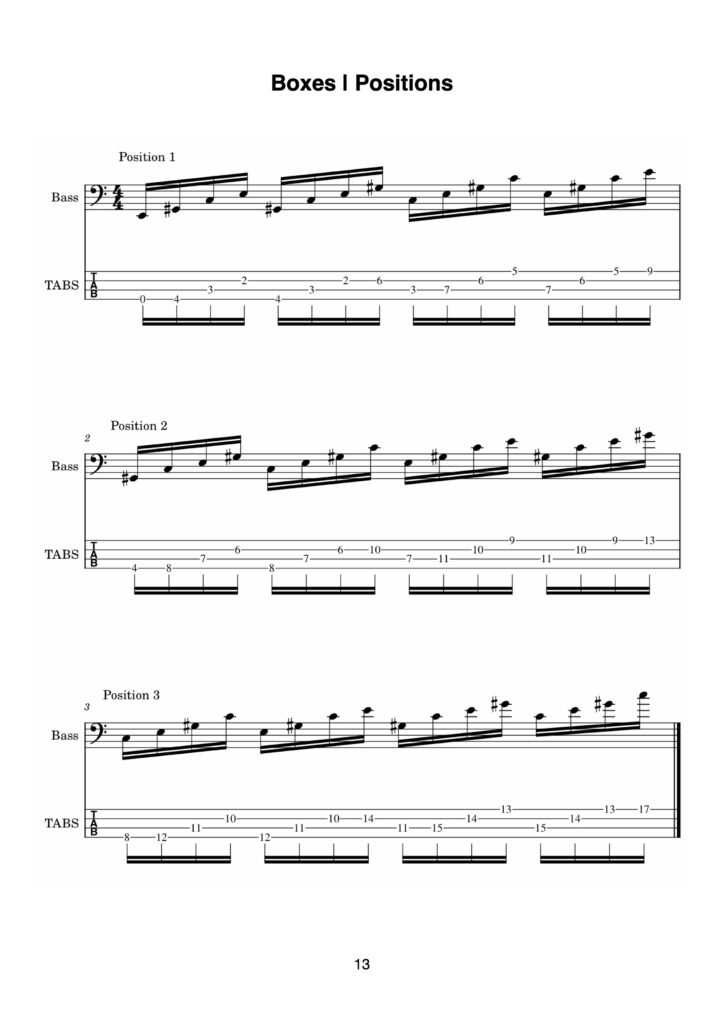The augmented triad, comprising a root, a major third and an augmented fifth, stands out for its symmetrical structure and unique tonal quality. When it comes to bass playing, this triad can be strategically used to enhance bass lines, fills and solos with its distinct augmented sound.
For bassists exploring chordal harmony, the C augmented triad (C-E-G#) can be particularly effective over chords like C7#5 or Cmaj7#5. The sharp five (#5) or augmented fifth in these chords shares the same G# note found in the C augmented triad, creating a cohesive sonic link that adds complexity to the overall sound.
When applied to a V7 chord, the use of an augmented triad introduces an intriguing tension before resolving to the I chord. In practice, this means you could substitute a G7 chord with a C augmented triad in a C major progression, which creates a leading effect that resolves neatly into the home chord.
Incorporate augmented triads into your practice by adapting the exercises you’ve previously used for major and minor triads. Focus on the adjustment required to augment the fifth, sharpening it from a perfect fifth to an augmented fifth. This small shift is essential for achieving the augmented sound and will become a natural part of your playing with consistent practice.
Remember to listen to the context when using augmented triads over dominant chords. The dissonance they create is temporary and should lead to a satisfying resolution. Experiment with them in different positions on the fretboard.

